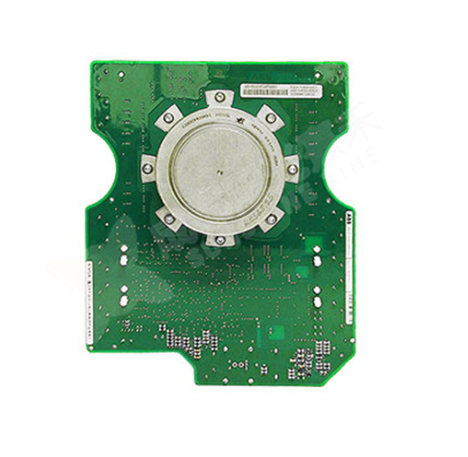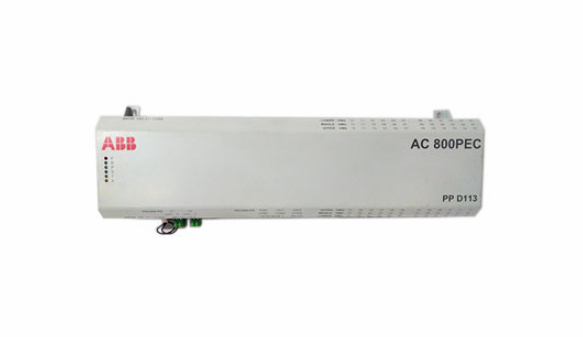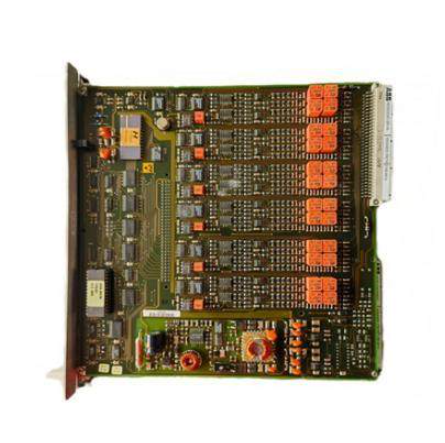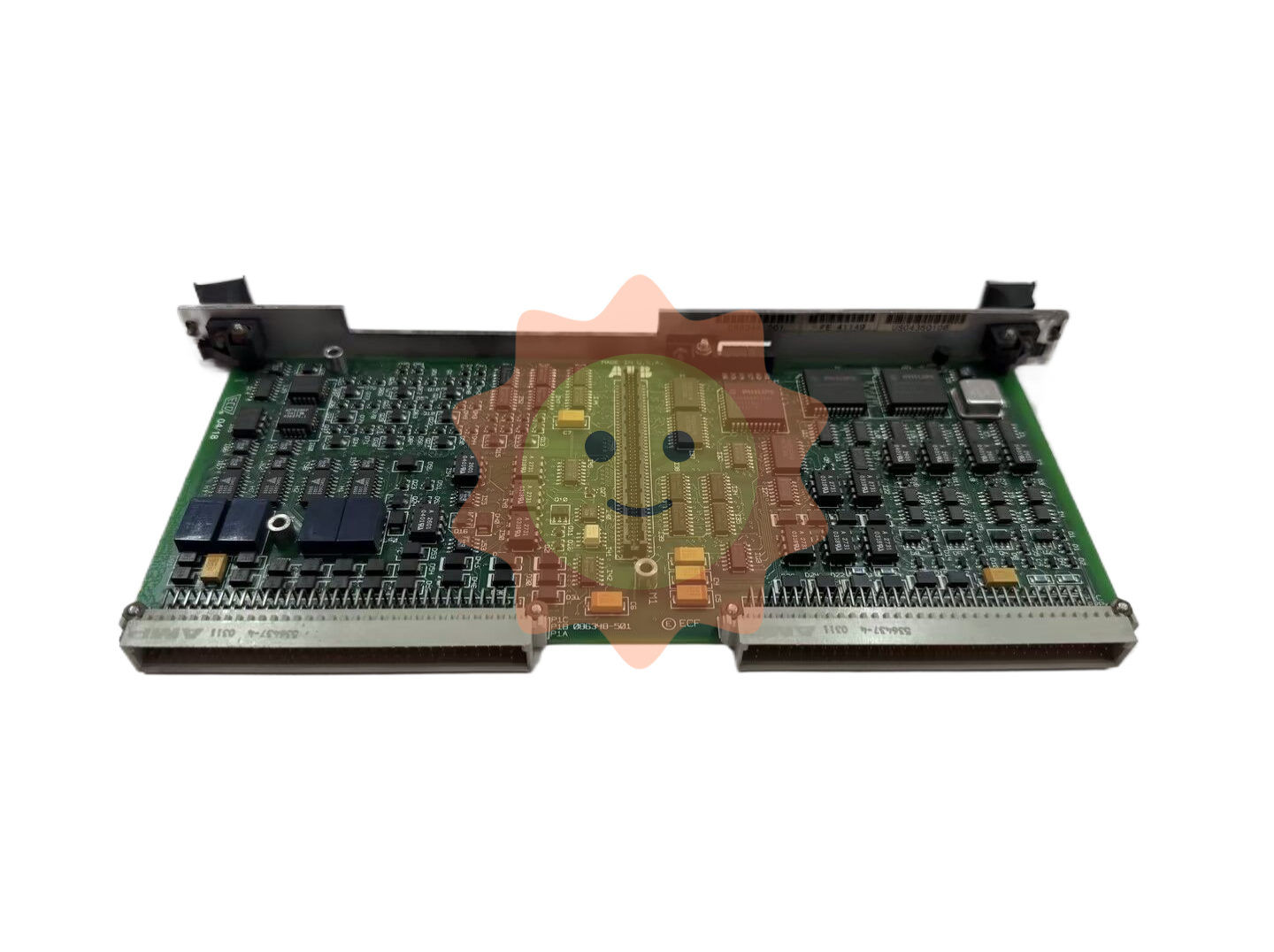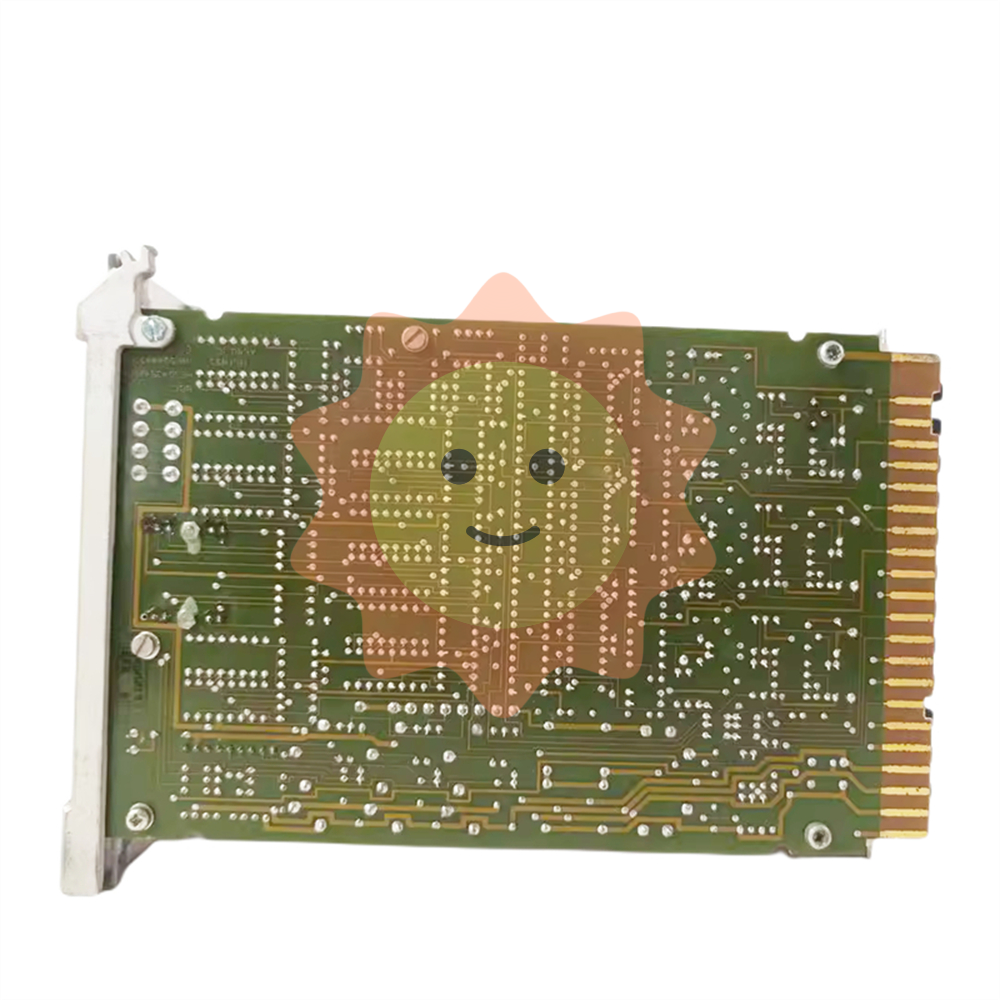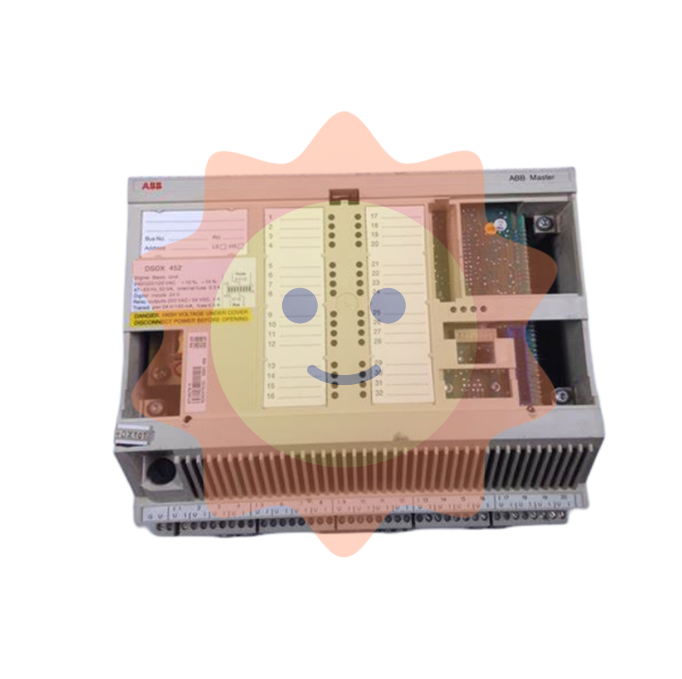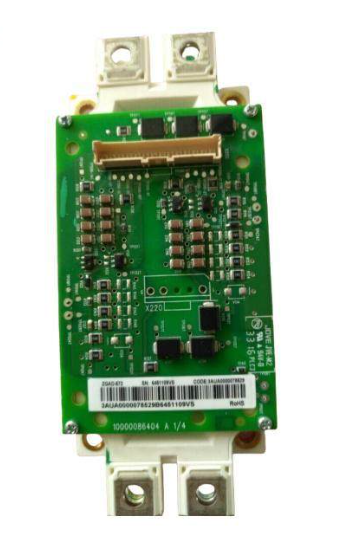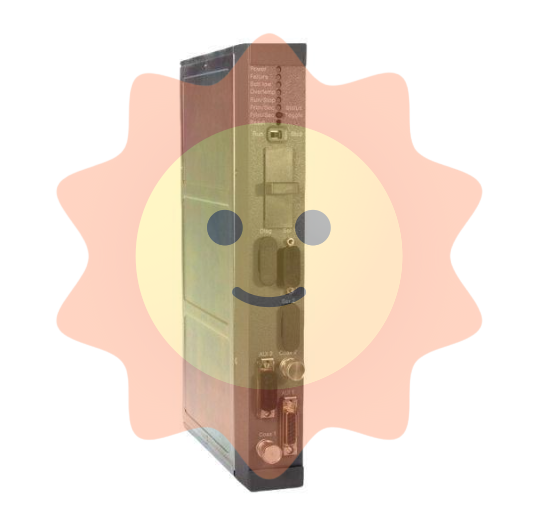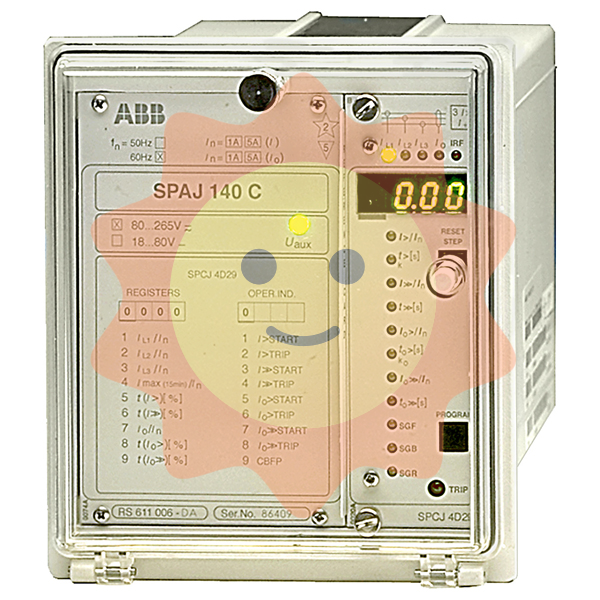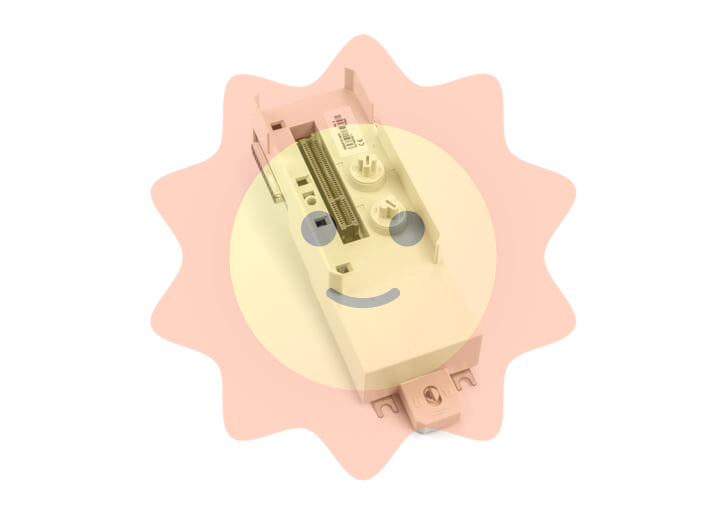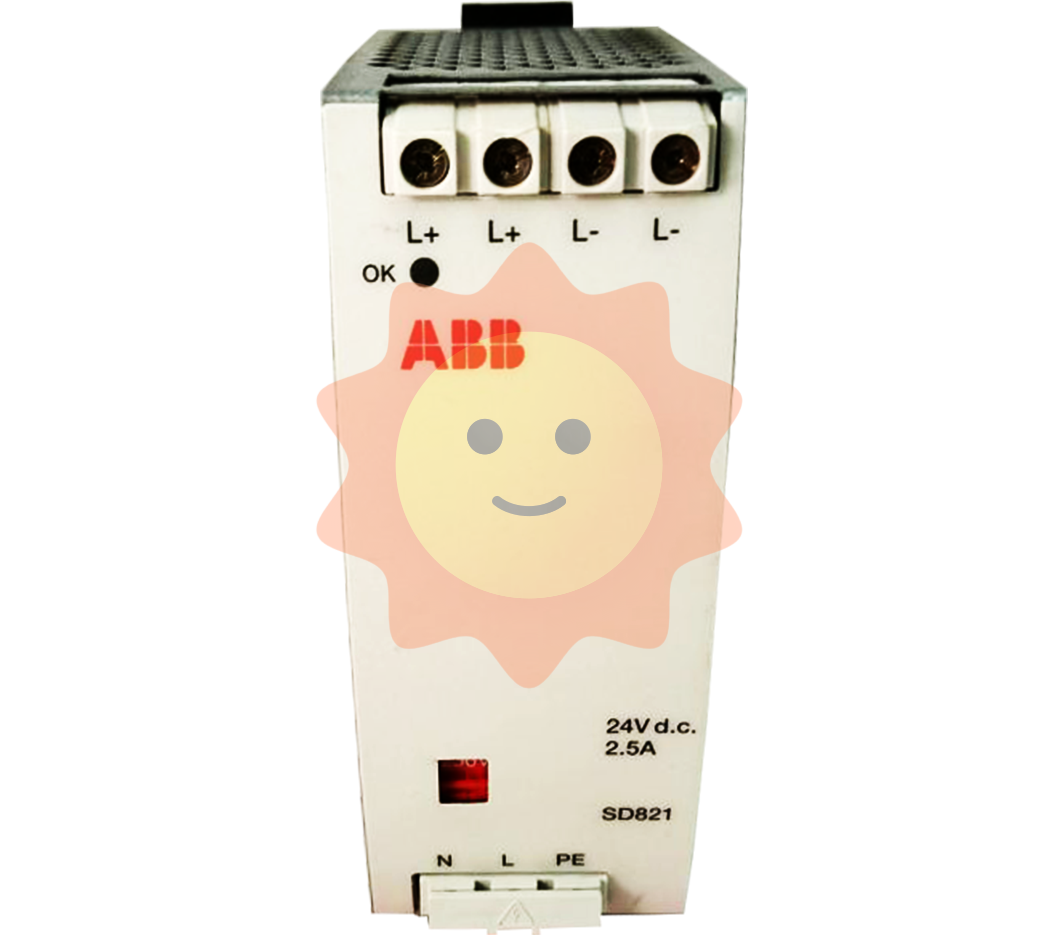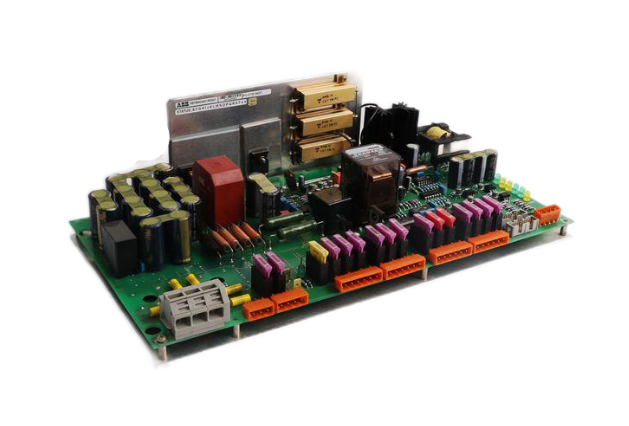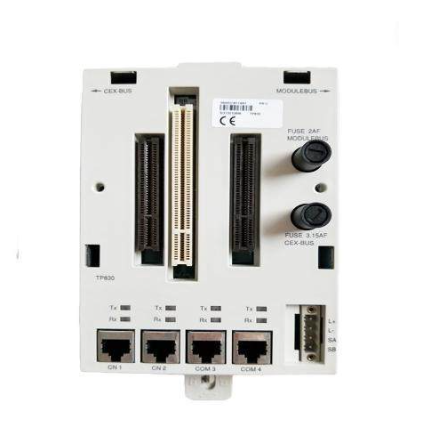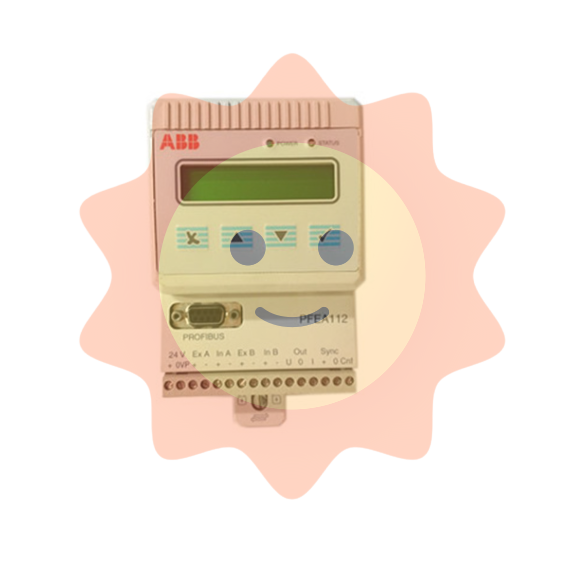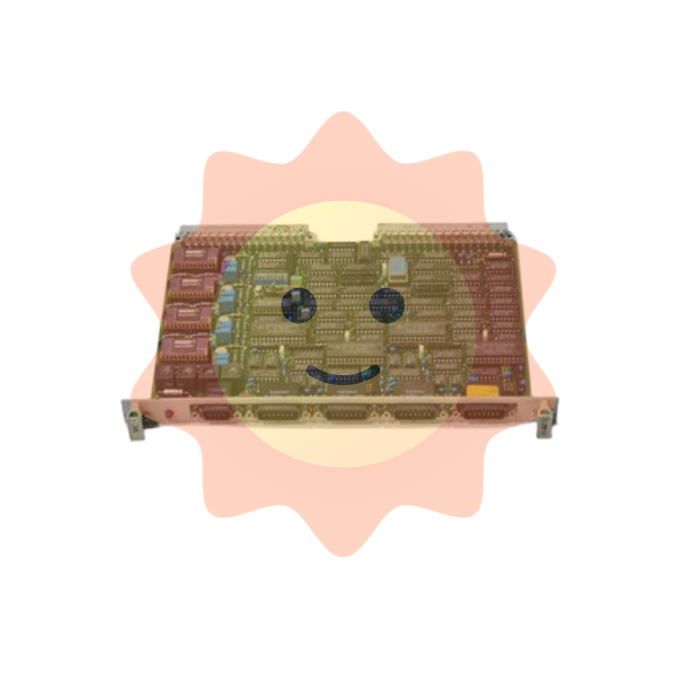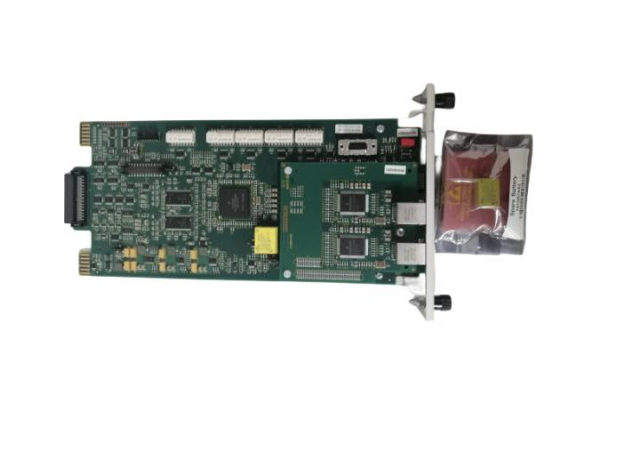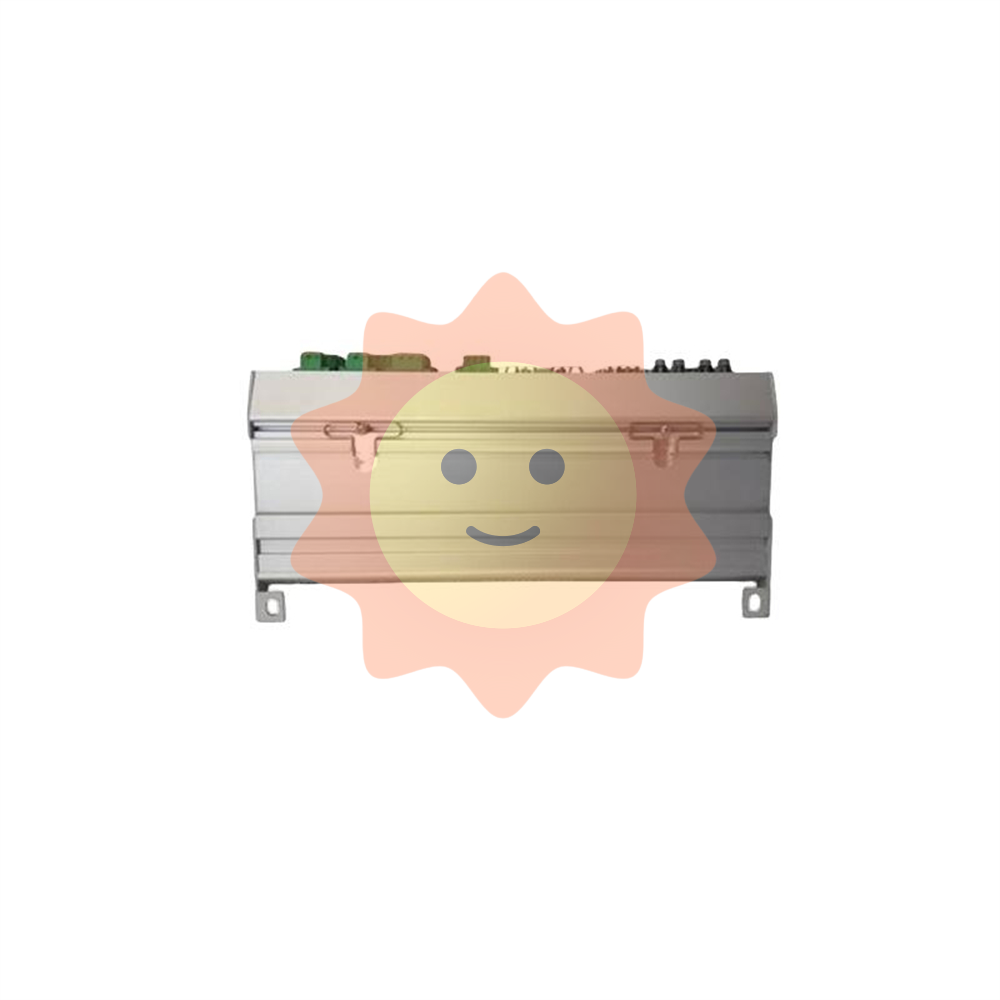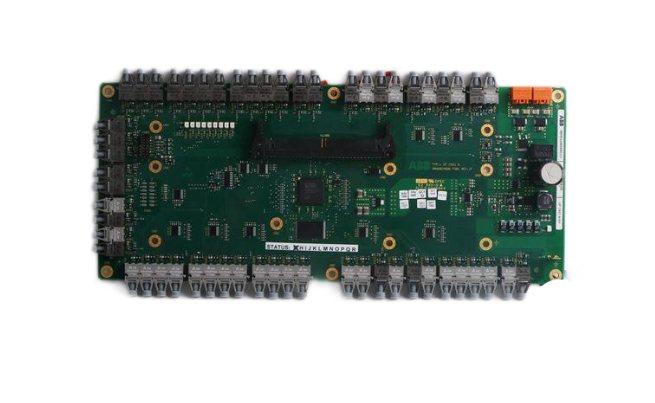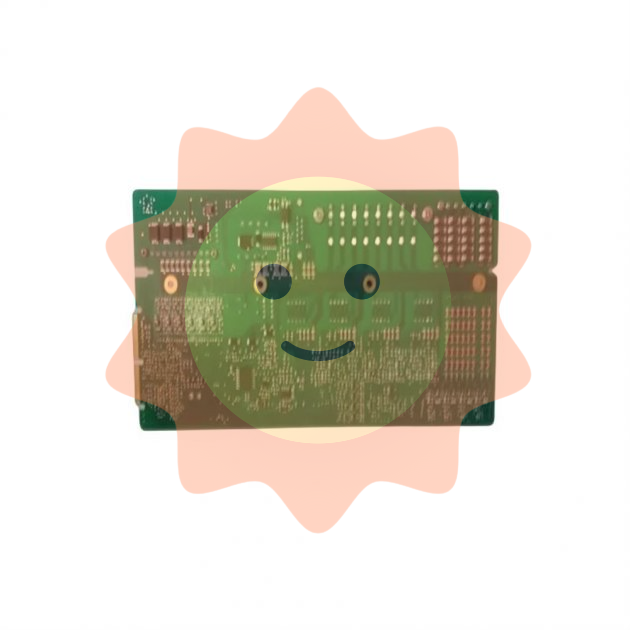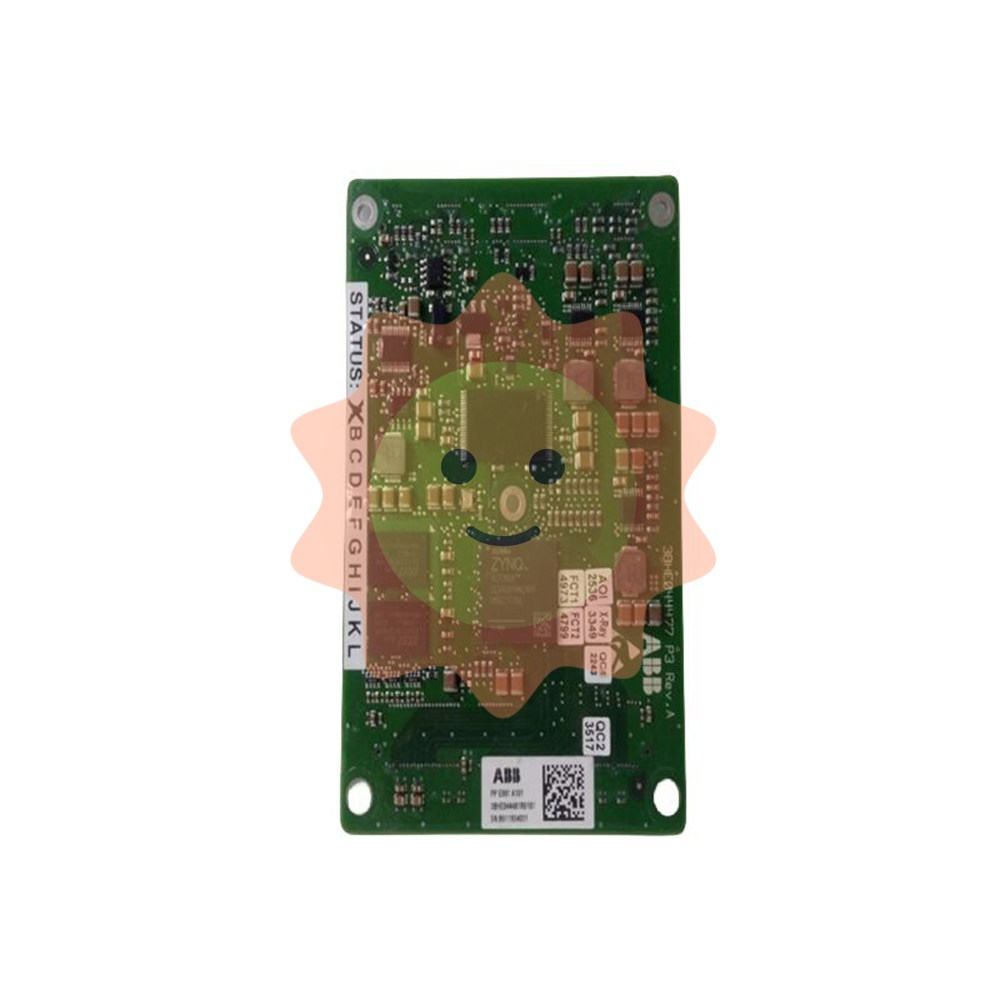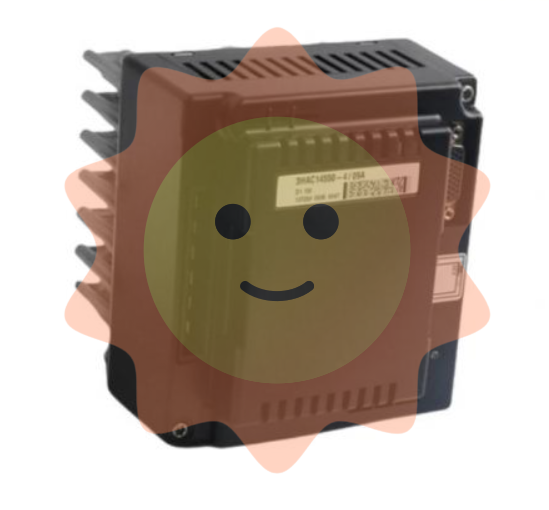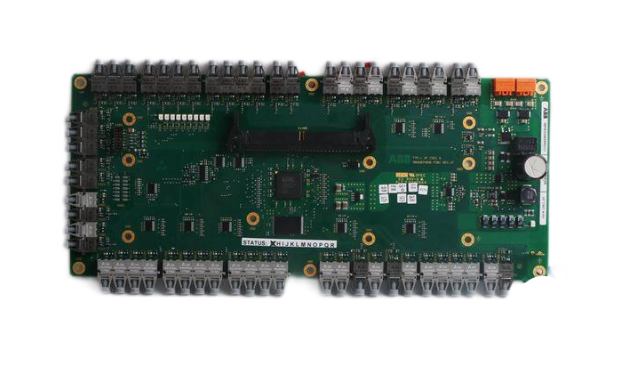This is how the yuan was made
(1) How is money made?
For the printing factory, the "money" produced is not real currency, but a product, just like the latiao produced by the food factory or the fertilizer produced by the chemical factory. However, unlike ordinary printed products, due to the particularity of banknotes, the printing process is also obviously complicated, and a RMB from the hand-carved template to the printing factory must go through at least more than ten processes.
1, the primary process paper selection: cotton, hemp and other plants for pulp
Putting aside the long process design link, the first link in the production of RMB is to select paper.
Normally, most banknotes are paper, and the renminbi is no exception. The raw materials of banknote paper are mostly made of cotton, hemp and other plants with long fibers for pulp, so that the paper created is smooth and tough, good stiffness, strong wear resistance, and the durable circulation fiber is not easy to loose, hair, and break.
In addition, some special methods will be used in the production process to ensure that it has wear resistance, folding resistance, acid resistance, alkali resistance and other characteristics.
At the same time, the banknote paper will also be covered with watermarks for anti-counterfeiting, and the paper selection work must take into account the directional problem of the watermark to prevent the production of inverted banknote watermarks.
Printing paper that looks like "white paper" has added a watermark to the papermaking process
2, printing: never use printing paper for testing
After the paper is selected, it is sent to the printing workshop, and after the production line of several gravure printing machines, the white paper can be turned into RMB.
Like ordinary printing presses, when printing RMB, it is necessary to conduct trial printing for a period of time to adjust the printing equipment to the best state. However, when printing RMB, it is not allowed to experiment on banknote paper, and ordinary paper is generally used. Because the printing paper is strictly managed in quantity, one can not be less. If there is waste in the printing process, even the crumpled waste paper must be registered and reviewed, and the procedures are very strict.
3, cut: newspaper size of RMB cut into 10 pieces
The printed banknotes also have to go through the cutting process, and the freshly baked yuan is the size of a newspaper, with dozens of yuan on it, and this process is to cut it.
4, quality inspection: spoiled tickets should not

Finally, it is necessary to carry out quality inspection, the quality inspector in the bright light that the whole pile of RMB, check the quality of RMB one by one, such as whether there is a number, the text printing is wrong, the color is uniform, the watermark is inverted, etc., if there is, remove the spoiled ticket.
(2) This is a technical job - the technical difficulty of printing banknotes
In the more than ten processes in the process of printing money, it not only requires the meticulous work of the staff, but also has high requirements for printing technology and anti-counterfeiting technology, which is a very high-tech work.
At the end of the 19th century, Russian banknote printing expert Orlov invented a multi-color printing machine with a color collector roller, later called the "Orlov printing method", this method compared with the traditional wet rubber flat printing process, in the anti-counterfeiting performance has been greatly improved.
In the early days of the founding of the People's Republic of China, due to China's lack of relevant technical capabilities, it commissioned the Soviet Union to print RMB for a period of time, and after the Sino-Soviet relations in the 1950s, the Soviets arrogantly refused to continue to provide such technical support. However, China's money printing industry predecessors are not discouraged, just three years to overcome the technical difficulties, for the third set of RMB printing process involved in paper ink, layout design, plate engraving, anti-counterfeiting technology, printing technology and printing machinery all nationalization has made outstanding contributions.
Since then, China's banknote printing industry has embarked on a path of complete autonomy.
In today's market economy, banknotes are national business cards, as an indispensable part of People's Daily life, the design and printing process of modern banknotes need to consider more artistic, anti-counterfeiting and liquidity issues, which put forward higher requirements for the process of banknote printing.
It is under the guidance of this demand that technicians in China's banknote printing industry continue to carry out scientific and technological research and achieve a world-leading technological breakthrough. The certificate of the first prize of the National Technical Invention in 2010 was issued to the "SD gravure to print" team. This is an important scientific and technological achievement that solves the common problems in the global printing industry. So, what is the so-called gravure to print?
- EMERSON
- Honeywell
- CTI
- Rolls-Royce
- General Electric
- Woodward
- Yaskawa
- xYCOM
- Motorola
- Siemens
- Rockwell
- ABB
- B&R
- HIMA
- Construction site
- electricity
- Automobile market
- PLC
- DCS
- Motor drivers
- VSD
- Implications
- cement
- CO2
- CEM
- methane
- Artificial intelligence
- Titanic
- Solar energy
- Hydrogen fuel cell
- Hydrogen and fuel cells
- Hydrogen and oxygen fuel cells
- tyre
- Chemical fiber
- dynamo
- corpuscle
- Pulp and paper
- printing
- fossil
- FANUC
- Food and beverage
- Life science
- Sewage treatment
- Personal care
- electricity
- boats
- infrastructure
- Automobile industry
- metallurgy
- Nuclear power generation
- Geothermal power generation
- Water and wastewater
- Infrastructure construction
- Mine hazard
- steel
- papermaking
- Natural gas industry
- Infrastructure construction
- Power and energy
- Rubber and plastic
- Renewable energy
- pharmacy
- mining
- Plastic industry
- Schneider
- Kongsberg
- NI
- Wind energy
- International petroleum
- International new energy network
- gas
- WATLOW
- ProSoft
- SEW
- wind
- ADVANCED
- Reliance
- YOKOGAWA
- TRICONEX
- FOXBORO
- METSO
- MAN
- Advantest
- ADVANCED
- ALSTOM
- Control Wave
- AB
- AMAT
- STUDER
- KONGSBERG
- MOTOROLA
- DANAHER MOTION
- Bently
- Galil
- EATON
- MOLEX
- Triconex
- DEIF
- B&W
- ZYGO
- Aerotech
- DANFOSS
- KOLLMORGEN
- Beijer
- Endress+Hauser
- MOOG
- KB
- Moxa
- Rexroth


Email:wang@kongjiangauto.com



































































